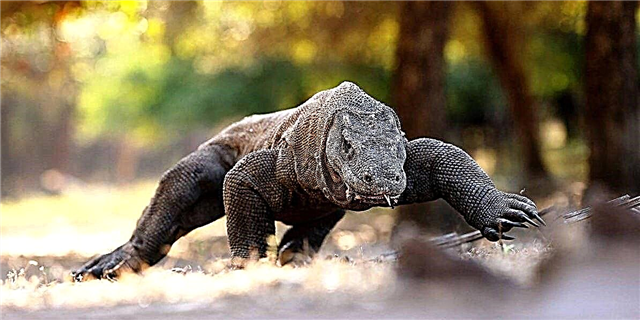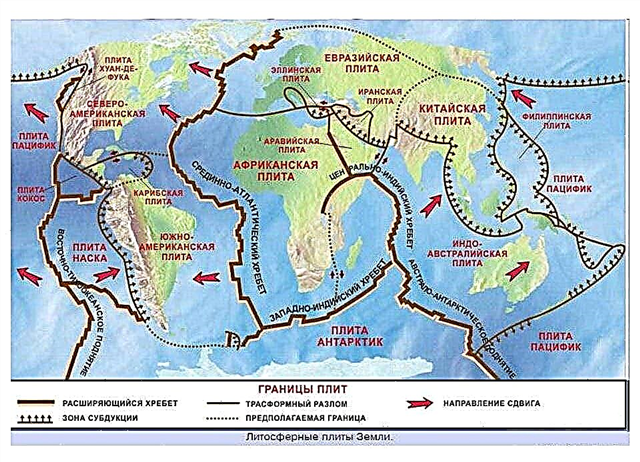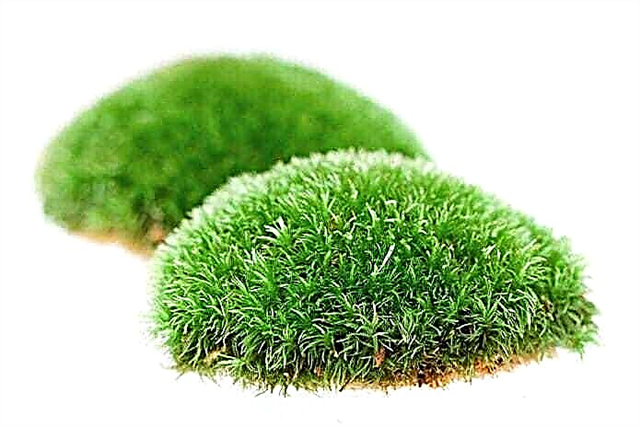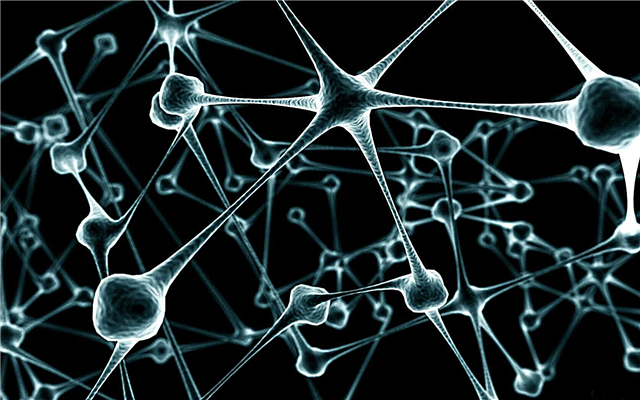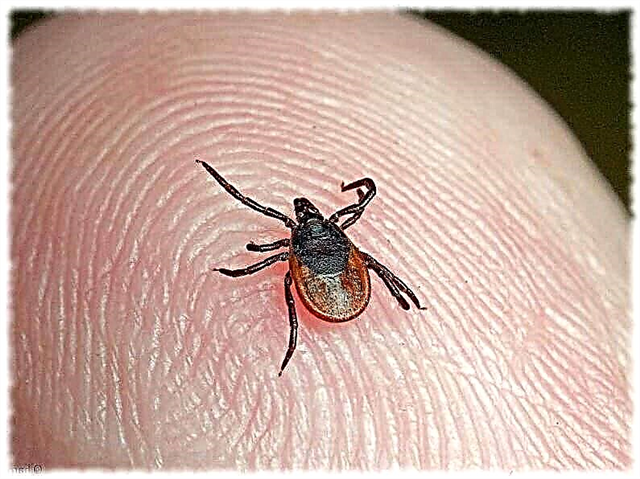
As soon as the dumplings fall into the pan with water, they sink to the very bottom. But gradually they rise to the top, why is this happening?
Why dumplings pop up - reasons
The filling of dumplings before cooking is a dense protein mass tightly closed by a dough shell. The secret of delicious and juicy dumplings is that the dough does not let its own “juice” leak out of the meat filling. Onion juice, herbs and meat broth remain inside and give the dish a special taste and aroma.
Interesting fact: dumplings in Russia were considered a gourmet dish. At the very beginning, they were served in restaurants in Siberia and the Urals for gold miners, then they reached the capital's establishments. In Moscow, dumplings were served to the gentlemen with sturgeon and black caviar.
Boiling water heats the dough and minced meat, all the moisture that is in the dish under the influence of high temperatures boils and, in connection with this, a steam chamber is formed. The air, in turn, is trying to break out of the shell, lifting the meat product up.
The strong shell of the dough does not release air, which accumulates inside, which allows dumplings to stay “afloat”. Bubbles are lighter than water, and due to their accumulation inside the dough, this allows them to stay on the surface throughout the cooking process.
Small bubbles are the main, but not the only reason, keeping the product on the surface of the water.There are 2 more factors that allow dumplings to float.
Gravity pulls the dumplings to the bottom of the pan, and Archimedes' law draws them to the surface of the water. When cooking, dumplings expand, the area of interaction with water increases. Plus, the density decreases: air, temperature increases the dumpling in size and changes its density. With a decrease in density and an increase in the volume of dumplings - the law of Archimedes begins to apply. If the dumplings are cooled with water, then they will go back to the bottom of the pan.

Why else dumplings pop up?
Another secret to why meat comes up is starch. It is starch that lowers the dumplings down when they have not yet warmed up, but it can also contribute to their floating to the surface.
Starch is found in flour and turns into a paste at high temperatures. The paste in turn has a lower density than water and contributes to the emergence of ravioli.
Interesting fact: happy dumplings in the Urals! Perm Territory is the homeland of dumplings. In the Urals, there is a tradition when dumplings are sculpted to make one not of meat, it will be considered happy. A happy dumpling can be completely made from dough, a coin or a sweetness can be hidden in it. Empty - fortunately, with a coin - for money, and sweet - for love.
The third secret that dumplings float is collagen protein. Collagen is the main protein of connective tissue, it is found in meat, cartilage, veins, skin and bones.
When heated, the collagen protein turns into gelatin. Gelatin has a density different from water and rises to the top.
Both starch and collagen have a secondary role, the main remains the formed air that occurs at high temperatures. However, they also take part in raising meat to the surface of the water.
In this way, not only meat products, but also other dough products with filling pop up. A vivid example is dumplings.
The rise of dumplings to the surface of the water is explained by physics, or rather the law of Archimedes. At high temperatures, the juices in which the meat is cooked are evaporated, the water boils and fills the dumplings with small bubbles of steam. Which in turn change the density of dumplings, increase its volume. It is a change (decrease) in density that raises the product to the surface of the water according to the law of Archimedes. Other properties, such as the conversion of collagen to gelatin, and starch to paste, join small bubbles. All factors together contribute to the emergence of dumplings in the pan.


